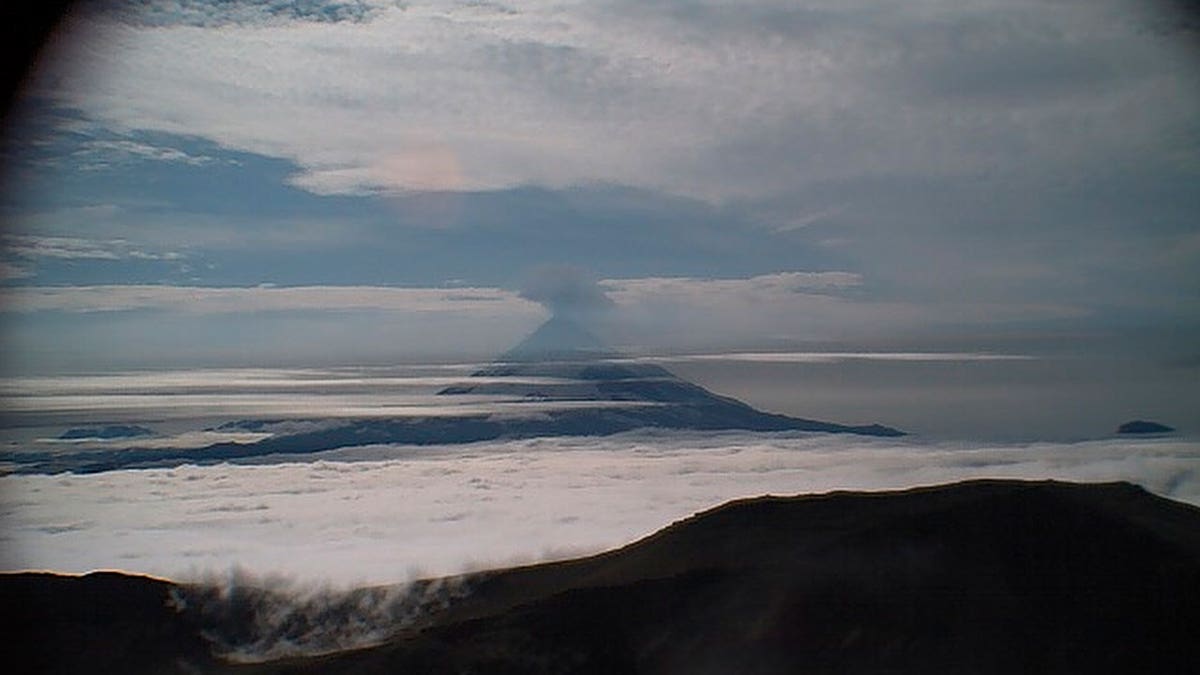A dramatic eruption from Alaska's Shishaldin Volcano on Friday propelled a massive ash cloud thousands of feet into the atmosphere, triggering an aviation warning from the National Weather Service.
The Alaska Volcano Observatory reported that the Shishaldin Volcano's eruptive activity commenced on July 11th. This initial eruption was confirmed by a U.S. Coast Guard overflight, which observed lava within the volcano's summit crater.
Early Friday morning, a powerful explosion at 1:09 a.m. generated an ash cloud reaching an altitude of 40,000 feet, drifting southward over the Pacific Ocean. A subsequent, less intense explosion occurred at 7:10 a.m., producing a 15,000-foot ash plume.
The National Weather Service responded by issuing an in-flight weather advisory to alert pilots about the potential hazards posed by the drifting ash cloud. Volcanic ash, composed of sharp, angular particles, can severely damage aircraft engines, potentially causing them to fail.

Shishaldin Volcano emitting a low-level ash plume on July 14, 2023, in Alaska. (Matt Loewen/Alaska Volcano Observatory/U.S. Geological Survey via AP)
Located approximately 679 miles southwest of Anchorage, Shishaldin Volcano dominates the center of Unimak Island, the largest island in the Aleutian archipelago. The small village of False Pass, with a population of around 40, lies on the eastern side of the island.
The volcano itself is a striking symmetrical cone, measuring 10 miles in diameter at its base and rising to a height of 9,373 feet, making it the highest peak in the Aleutian Islands.
Shishaldin is renowned for its frequent activity and ranks among the most active volcanoes in the Aleutian volcanic arc. While most of its eruptions are relatively minor, a notable eruption in 1999 produced an ash column that soared to 45,000 feet. Scientists continuously monitor the volcano's activity using a network of seismic and infrasound sensors, satellite data, a web camera, and remote infrasound and lightning detection systems.








